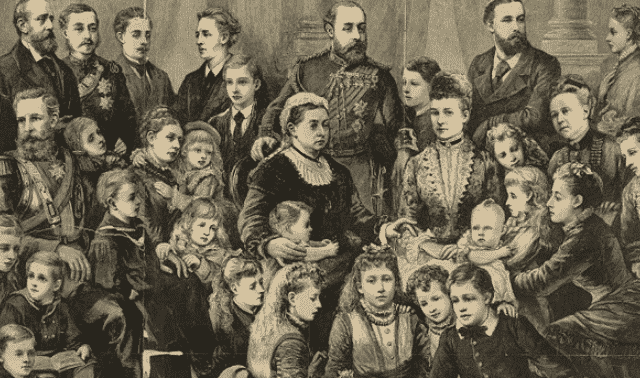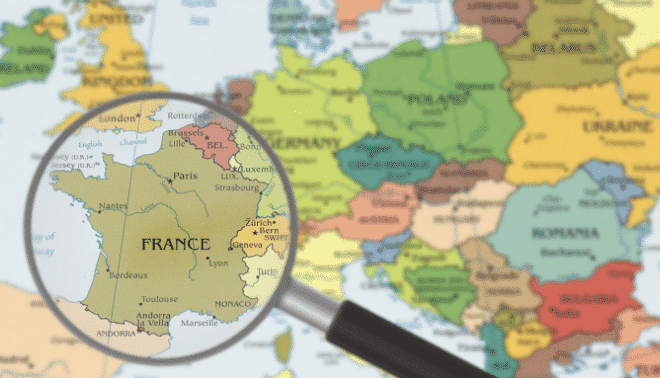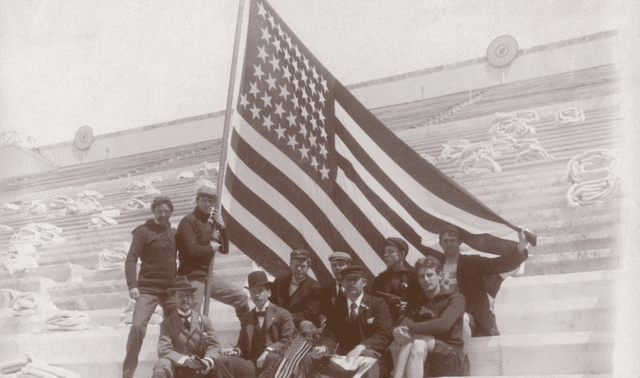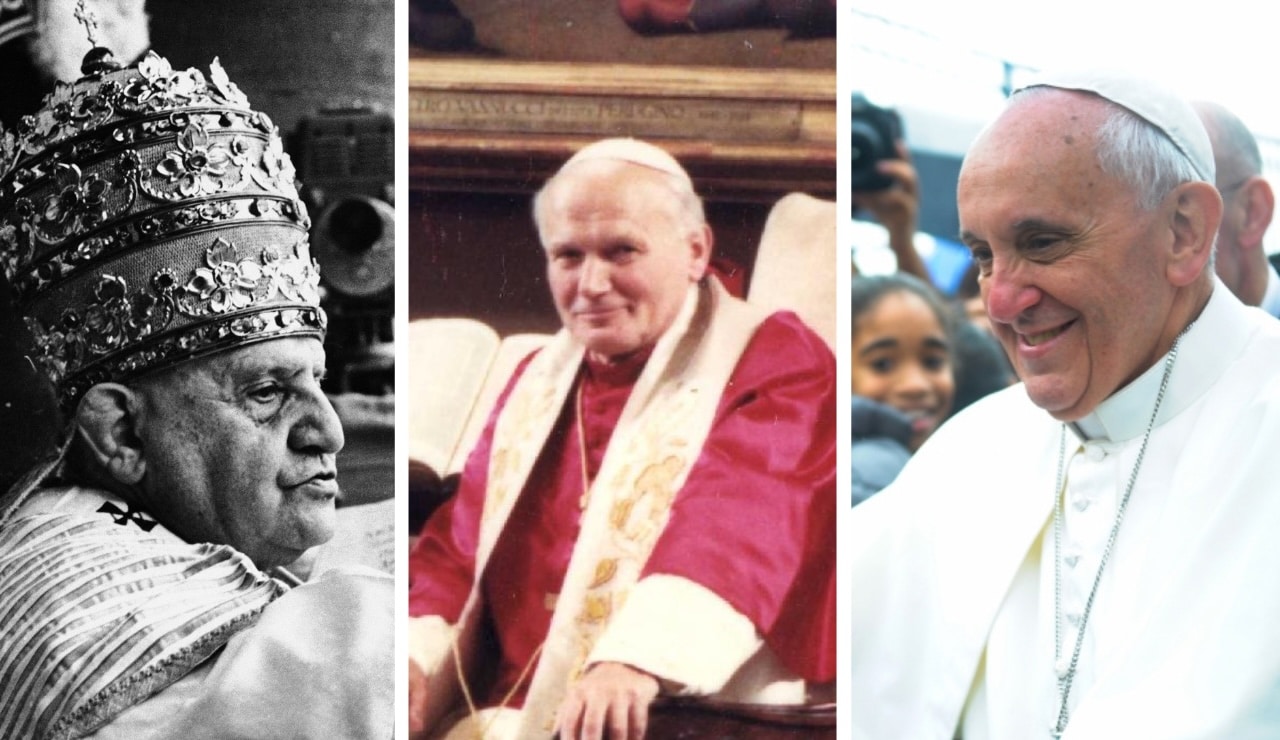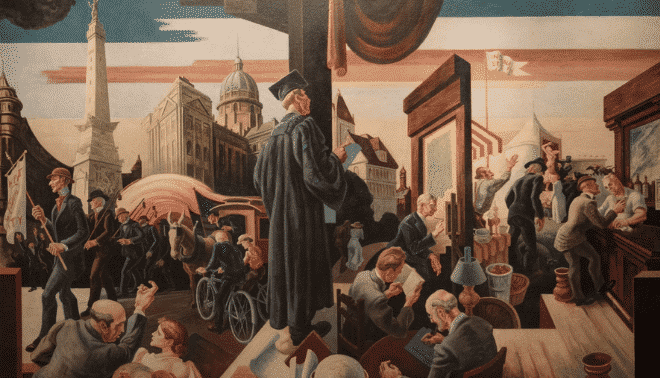Sign up for the Family Tree Newsletter! Plus, you’ll receive our 10 Essential Genealogy Research Forms PDF as a special thank you.
Get Your Free Genealogy Forms
"*" indicates required fields
Few historical figures have been as widely discussed as Napoleon Bonaparte—most recently as the subject of a big-budget film starring Joaquin Phoenix.
But today’s genealogists should also take note of Napoleon for reasons beyond his general historical significance. Here are three ways Napoleon shaped modern genealogy research.
Who Was Napoleon Bonaparte?
Napoleon Bonaparte was the ruler of France from 1799 until his defeat in 1815. Born to a lowly family in Corsica, he joined the military and rapidly rose through the ranks of France’s military amidst the French Revolution.
Napoleon gained popularity for his military victories and perceived humility. In 1799, he helped overthrow the Directory governing France and became First Consul of the country. After consolidating power internally, he negotiated the annexation of neighboring lands and continued securing victories over other European powers. By 1804, he had declared himself Emperor of France. And by 1812, he ruled over most of Europe.
Napoleon over-extended his military when invading Russia, however, and was forced back. A coalition defeated him in 1814, and (after abdicating and living briefly in exile) he finally surrendered at Waterloo in 1815.
Napoleon’s Family Tree
Napoleon didn’t come from royal stock. But many in his line became royalty, either by Napoleon’s appointment or through his claim:
- His brother, Louis, ruled Holland (1806–1810) as Louis I
- Another brother, Joseph, ruled Naples (1806–1808) and Spain (1808–1813)
- Another brother, Jérôme, ruled the German state of Westphalia (1807–1813)
- His brother-in-law Joachim Murat ruled Naples from 1808 to 1815, after Joseph
- His son, Napoleon II, claimed France’s throne in 1815 after Napoleon I’s defeat
- His nephew, Louis, ruled France from 1848 to 1870, first as president and then as Emperor Napoleon III
His first wife, Joséphine, was the widow of a French general killed during the Reign of Terror. Napoleon and Joséphine divorced in 1810 when it became clear she couldn’t bear children. His second wife, Marie Louise, was a daughter of the Holy Roman Emperor Francis II.
1. European Borders
Military strategists still cite Napoleon, whose French Empire (including client states) extended from Spain to Russia at its height. But he continued to influence Europe’s borders even after his ultimate defeat.
The Congress of Vienna, which convened after Napoleon was dethroned, reset many European borders in an attempt to create a lasting peace in Europe. Indeed, if your ancestors emigrated from mainland Europe to the United States in the 1800s, their home countries were likely defined by the borders agreed to at the Congress of Vienna.

Courtesy Wikimedia Commons user Alexander Altenhof, CC BY-SA 4.0.
Though the Congress ultimately undid many of Napoleon’s territorial changes, its decisions reflected his influence in a two important regions:
- Germany: Napoleon effectively dissolved the Holy Roman Empire in 1806, consolidating the 300-plus German states and reorganizing some of them into the Confederation of the Rhine. Though short-lived, the confederation sparked the notion of a unified German country. The Congress of Vienna created its own German Confederation in 1815, which lasted in one form or another until the German Empire formed in 1871.
- Poland: The Duchy of Warsaw was formed as one of France’s client states. Though still subject to France, the new state was the first attempt at Polish self-governance since the Partitions of Poland a few decades earlier. The Congress of Vienna reassigned the Duchy of Warsaw back to Prussia and Russia (where it was called “Congress Poland”), but Poland ultimately regained its independence after World War I.
2. Civil Registration
Napoleon sought order and modernization, implementing a series of reforms first in France proper, then in occupied territories. In addition to standardizing aspects of life such as units of measurement and public education, Napoleon introduced some of the first civil registration laws in Europe.
France had adopted civil registration in 1792 before Napoleon’s rule, and implemented it in Belgium after annexing it in 1796. But Napoleon also introduced civil registration in newly acquired territory:
- German states: Various German territories (Alsace, Lorraine, Baden, Pfalz, the Rhineland, and parts of Hesse) implemented civil registration as they came under French jurisdiction in the 1790s, followed by more states under French influence in the early 1800s.
- Italy‘s provinces adopted civil registration at Napoleon’s directive. Northern and central provinces adopted it in 1806 upon being annexed by France, and southern provinces in 1808 when Napoleon’s brother-in-law was installed as King of Naples.
- The regions of Prussian and Russian Poland that comprised the Duchy of Warsaw began civil registration in 1808.
- The Netherlands implemented civil registration in 1811 when it was annexed to the French Empire.
French rule didn’t last beyond 1815 in the above territories, but many governments continued civil registration anyway.
Napoleon’s rule impacted genealogy records in other ways, too, changing land and inheritance laws, introducing (or re-enforcing) military conscription, and ending serfdom.
3. The Louisiana Purchase
To finance his military expenditures, Napoleon sold off France’s colonial possessions in North America. Though philosophically opposed to such a big-government decision, US President Thomas Jefferson purchased some 530 million acres of land for a bargain price of $15 million. As a result, roughly one-third of the United States’ modern territory came from the Louisiana Purchase via Napoleon.

Last updated, November 2023.



